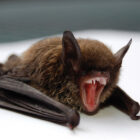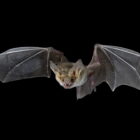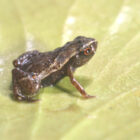Fighting White-Nose Syndrome to save tricolored bats
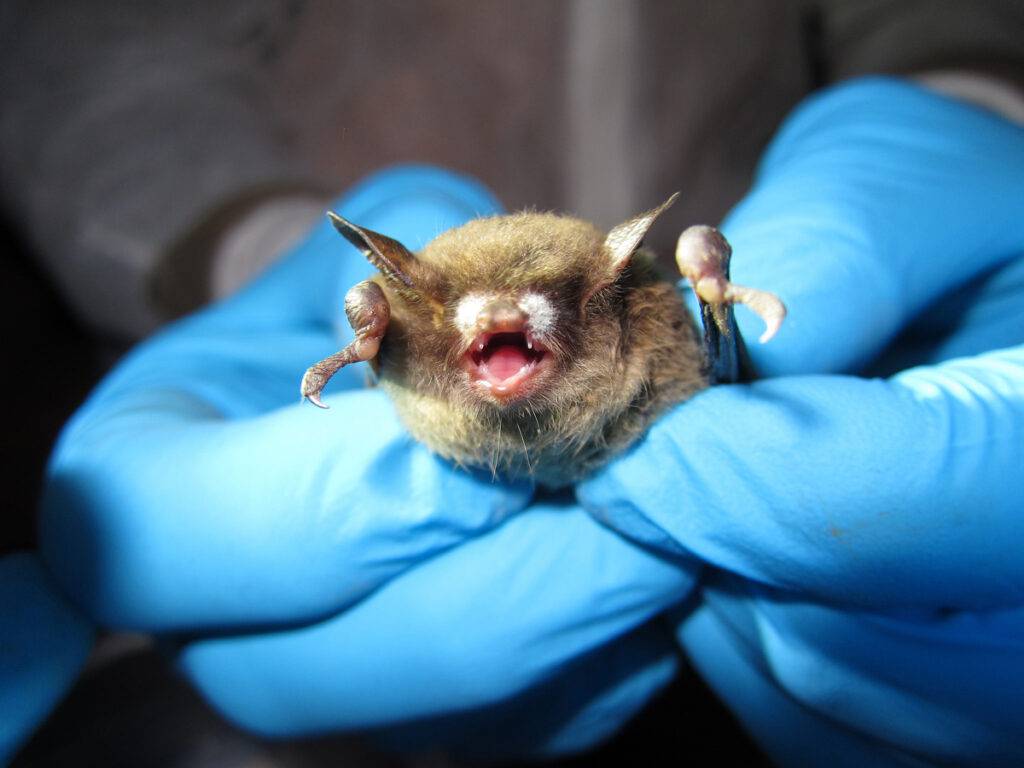
In the heart of northeast Georgia, where sunlight struggles to pierce the shadows, three intrepid wildlife biologists embark on a mission fraught with urgency. Led by Emily Ferrall, their endeavor takes them into the depths of a dark drainage culvert, where a solitary tricolored bat—a once-common sight—rests in a narrow crevice.
The decline of Tricolored bats
Tricolored bats (Perimyotis subflavus), among the smallest in North America, have suffered a dramatic decline over the past decade. Across their historic range, spanning vast swathes of the continent, colonies have dwindled by a staggering 90% to 100%. This alarming trend prompted the U.S. Fish and Wildlife Service to consider listing them under the Endangered Species Act, signaling a grave threat to their survival.
The culprit behind this devastation is a silent killer lurking in the shadows: white-nose syndrome. Named for the telltale white fungus that adorns the wings and muzzles of afflicted bats, this insidious disease thrives in the cold, damp environments favored by hibernating creatures. As bats succumb to winter slumber, the fungus takes hold, causing them to awaken repeatedly and exhaust their fat reserves, leading to dehydration, starvation, and ultimately, death in the majority of cases.
What is White-Nose Syndrome affecting bats?
White-Nose Syndrome (WNS) is a devastating fungal disease that primarily affects hibernating bats. The disease is caused by the fungus Pseudogymnoascus destructans, which thrives in cold, damp environments typically found in caves and mines where bats hibernate.
White-Nose Syndrome earned its name from the visible white fungal growth that appears on the muzzles, ears, and wings of infected bats, particularly during hibernation. The fungus irritates the bats, causing them to wake up more frequently from hibernation, leading to increased energy expenditure and depletion of fat reserves necessary for surviving the winter months. This disruption of hibernation can result in premature depletion of fat stores, dehydration, and starvation.
WNS has spread rapidly across the continent, affecting bat populations in over 30 U.S. states and multiple Canadian provinces. It is believed to have been introduced to North America from Europe, where it does not cause significant harm to bat populations.
White-Nose Syndrome poses a severe threat to bat populations, with mortality rates reaching as high as 90-100% in affected colonies. The disease has had devastating impacts on many bat species, leading to significant declines in their populations. Bats affected by WNS play important ecological roles, such as controlling insect populations, pollinating plants, and dispersing seeds, making their decline a cause for ecological concern.
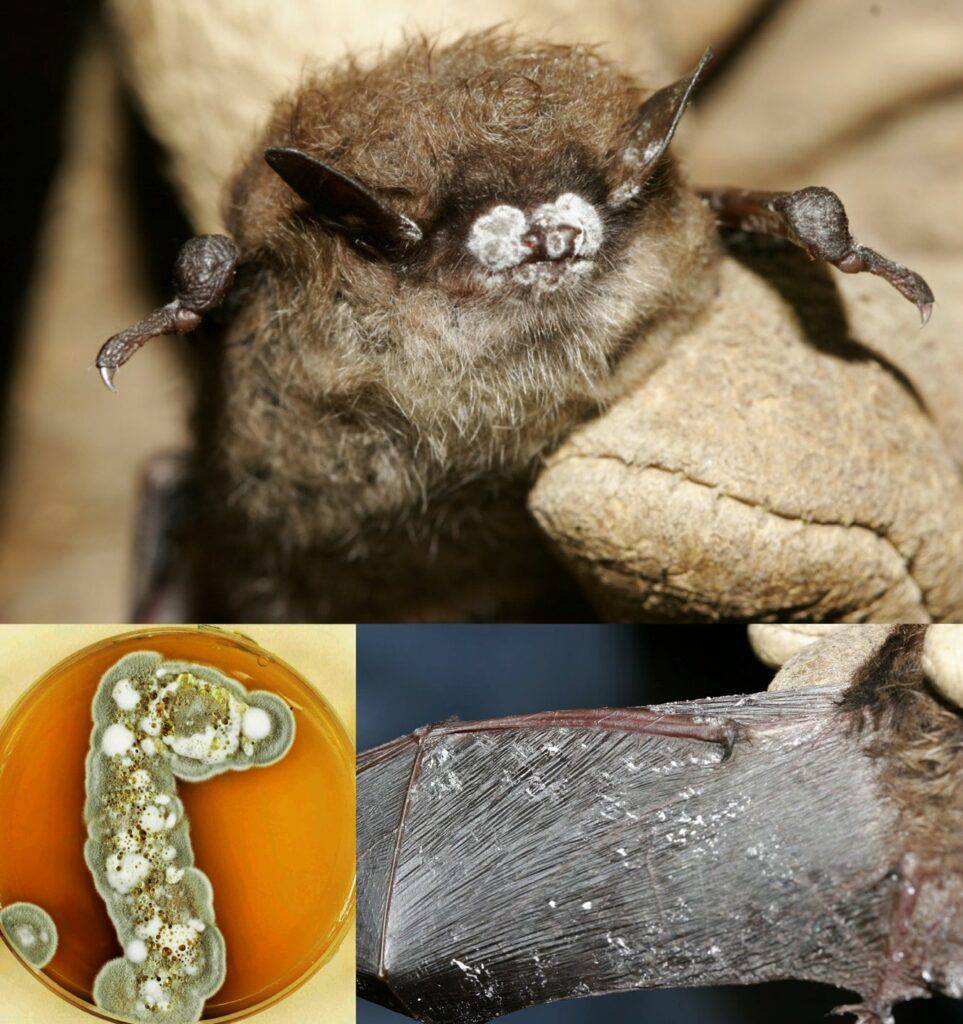
Fungus in manmade structure
Ferrall and her colleagues recognize the gravity of the situation. Bats play a crucial role in maintaining ecological balance, keeping insect populations in check. Without them, the unchecked proliferation of mosquitoes and other pests could wreak havoc on ecosystems and human health alike.
White-nose syndrome first emerged in New York in 2007. By 2013, it had infiltrated Georgia’s caves, decimating bat populations and threatening the delicate balance of local ecosystems.
In their quest to understand and combat this devastating disease, scientists have ventured into unexpected territory. The drainage culvert visited by Ferrall’s team in December 2022 proved to be a significant discovery, marking the first instance of white-nose fungus found in a manmade structure used by hibernating bats. As human development encroaches upon natural habitats, bats are forced to seek refuge in built environments, exposing them to new threats.
Fighting White-Nose Syndrome
Despite the grim reality facing tricolored bats, there is cause for cautious optimism. A coalition of scientists, including those from Kennesaw State University (KSU), Georgia DNR, and the U.S. Fish and Wildlife Service, has undertaken a bold experiment in the Black Diamond Tunnel, a former haven for thousands of tricolored bats before the onslaught of white-nose syndrome.
Since 2016, researchers have treated the tunnel environment with airborne volatile organic compounds (VOCs) known to inhibit fungal growth. The results have been encouraging, with the bat population rebounding from a mere 152 individuals to over 720, a testament to the power of human ingenuity in the face of ecological crisis.
As the team continues to monitor the bat population in the Black Diamond Tunnel, they remain steadfast in their commitment to conservation. For Chris Cornelison, the lead researcher at KSU, the fight against white-nose syndrome is a moral imperative. He believes that humans, who inadvertently introduced the disease to North America, must now take responsibility for mitigating its impact and restoring balance to the natural world.
A fungal plague is killing Georgia’s bats. Scientists are fighting back

